Not all juices are created equal, so here’s a cheeky guide to help you pick your perfect sip.
Whether you’re clutching a bottle of ‘from concentrate’ or ‘not from concentrate’ juice, it’s good to know what’s gone through to get from the farm to your fridge.
While all juices go through some kind of process to ensure they’re all safe to drink, ‘Not from concentrate’ juice is simple: fruit is juiced and pasteurised without any water removal or reconstitution. Meanwhile, ‘from concentrate’ juice is more complex. The fruit is juiced, filtered, and evaporated to remove almost all the water. Why all the trouble? This makes it cheaper and easier to handle, and gives it a longer shelf life.
When ‘from concentrate’ is evaporated, the juice is heated to super high temperatures, which can potentially zap some nutrients but extends shelf life—sometimes for years, if cryogenically frozen. Before hitting the store, water is added back, and the juice is pasteurized again. Sometimes, there might even be some additives tossed in too!
Here at nudie, we like to keep things simple! That means we are ‘not from concentrate’ and only pasteurise our products – we don’t mess with anything else!
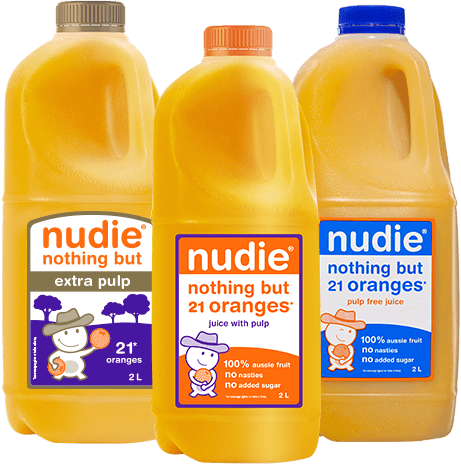 take a look
take a look
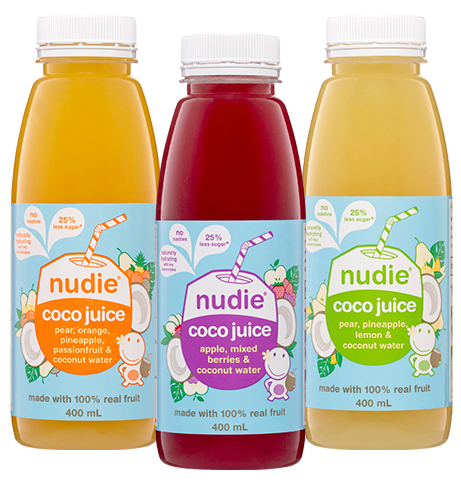 take a look
take a look
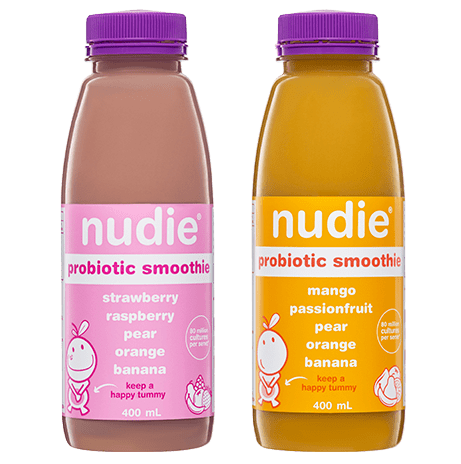 take a look
take a look
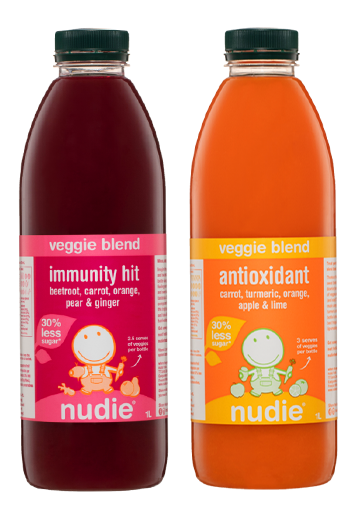 take a look
take a look
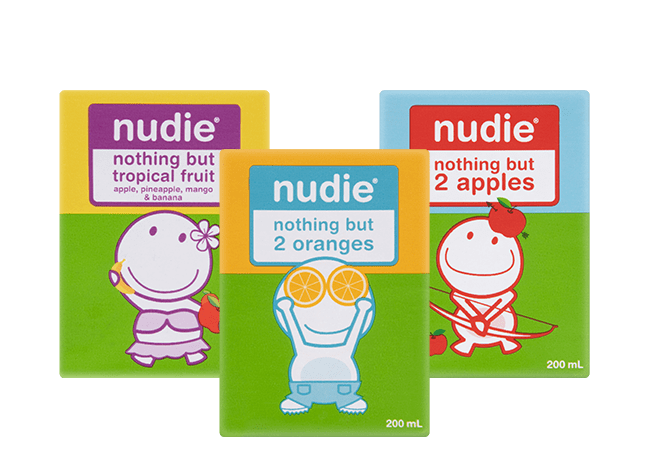 take a look
take a look
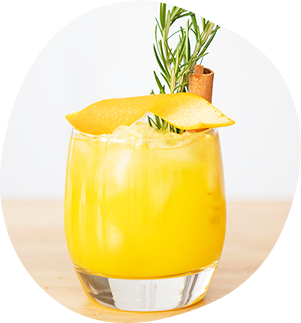 take a look
take a look
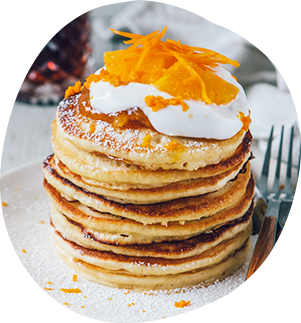 take a look
take a look